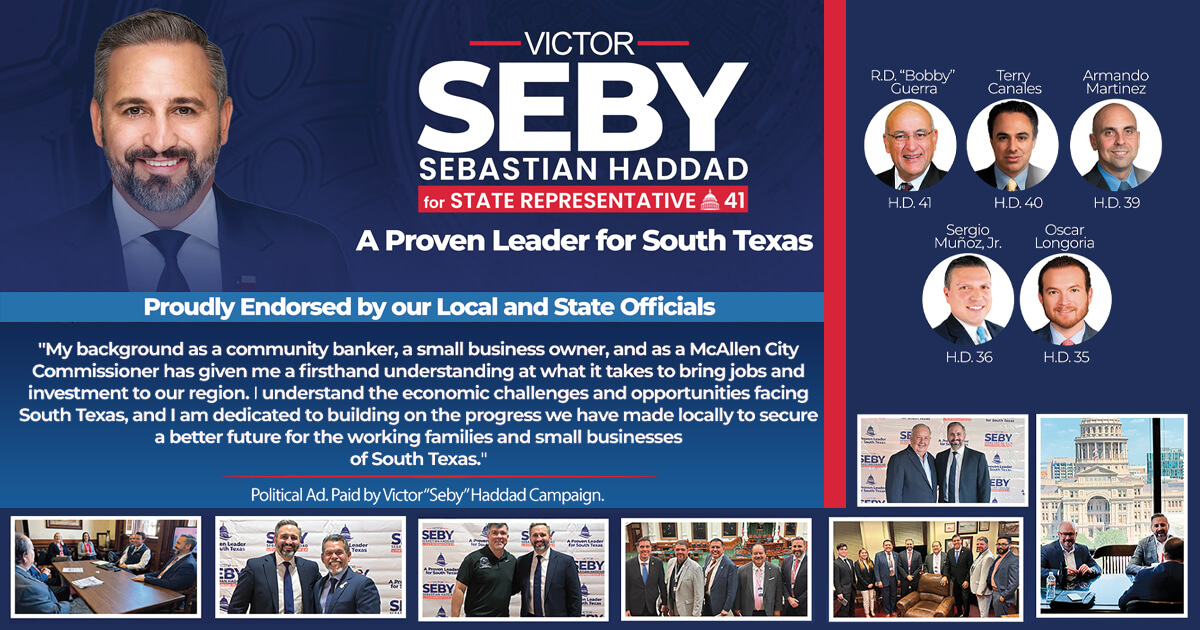
Texas Border Business
The federal deficit for the past fiscal year was $1.8 trillion. While there have been times when it was that high (inflation-adjusted), they were during major wars or the pandemic. The fact that we are near record levels when the economy is growing is alarming, particularly given that (1) the Congressional Budget Office projects it at $2.9 trillion in 10 years if we remain on this trajectory and (2) both presidential candidates are backing proposals that would add more red ink.
The United States has carried debt since its inception, beginning with $75 million borrowed from investors and France during the American Revolution. Andrew Jackson actually paid it off in 1835 through spending cuts and selling federal lands (which created a real estate bubble and the Panic of 1837), but otherwise the US has always been a debtor nation. The debt reached $1 billion during the Civil War but did not hit $1 trillion until 1981. In other words, it took two centuries to accomplish what we now do in six months. The level climbed to $10 trillion in 2008 and $20 trillion in 2017. As I am writing, it stands at about $35.7 trillion (assuming that I don’t tarry over my words). Spikes occurred with the Great Recession and COVID-19, but more than a decade of economic expansion in between did not foster fiscal responsibility.
Lest you fret, this situation is not catastrophic. As long as there is demand for US debt (which there will be given that it’s by far the safest and most secure investment in an increasingly uncertain world), then we don’t need to pay it off. In fact, the global financial system is critically dependent on its ongoing existence. Having said that, there are clearly issues. One is “crowding out,” which occurs when investors buy treasuries rather than investing in more productive and expansion-oriented ways. Another is that interest costs will continue to escalate. It also sometimes limits our flexibility in foreign policy.
The largest categories of spending in 2024 were Medicare, Social Security, National Defense, and Net Interest. With inflation adjustments and the aging population, the first two segments are rising. Geopolitical tensions often necessitate additional defense spending, and higher debt balances and the recent rate increases push up net interest.
It will be challenging to rein in deficits and slow the growth in the debt. It is possible, but will require bipartisanship, rational budgeting, and visionary approaches spanning generations rather than election cycles. It is past time to act, as we seem to perpetually kick the can down the road. If we fail, the burden will fall to future generations. That is not a positive legacy, Stay safe!
____________________________
Dr. M. Ray Perryman is President and Chief Executive Officer of The Perryman Group (www.perrymangroup.com), which has served the needs of over 3,000 clients over the past four decades.
















